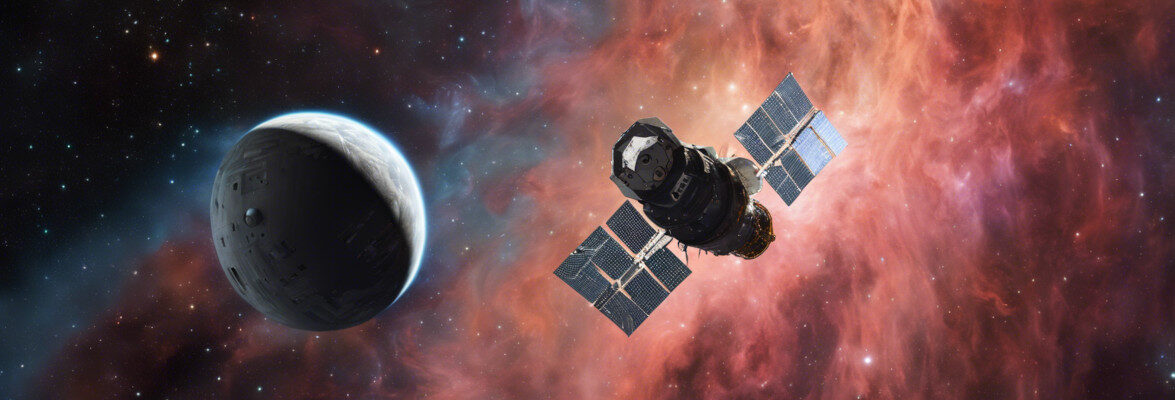
An article accepted for publication in “The Astrophysical Journal” reports an analysis of the situation of the star Betelgeuse examining its recovery after what was called the Great Dimming. A team of researchers used a number of instruments including the Hubble Space Telescope and other ground-based and space observatories to reconstruct the history of that event and to examine its consequences. Betelgeuse is returning to what it was a few years ago but not exactly because the colossal coronal mass ejection, confirmed once again by this study, which caused the Great Dimming has also altered stellar cycles that had existed for at least two centuries.
The Great Dimming of Betelgeuse was an important event in the field of astronomy that aroused great interest even among the public. This red supergiant maintained a cycle of about 400 Earth days in which its brightness increased and decreased and the dimming that began at the end of 2019 completely broke that cycle. Studies of the star had intensified, also because there was a suspicion that it could soon explode in a supernova but the results of various exams provided different indications.
Several studies have been published over the past two years that attributed the Great Dimming to a cloud of dust that is the result of an extraordinary coronal mass ejection. This type of explosion is typical of stars even during their normal life and therefore of the Sun as well but that of Betelgeuse was the most massive ever detected. The ejected mass is estimated to be about 400 billion times that of a typical solar coronal mass ejection. Moving away from the star, that huge mass cooled, creating a cloud of dust that obscured Betelgeuse.
That dust has dispersed over time and Betelgeuse’s brightness has slowly returned to its normalcy. The image (NASA, ESA, Elizabeth Wheatley (STScI)) illustrates the phases of the Great Dimming by showing the difference between the brightness predicted by the cycle observed for two centuries (dashed line) and the one observed (solid line) during that period. Examining the consequences of the Great Dimming is also interesting, and this new study used observations conducted with various instruments to try to understand them.
The team that conducted this new study includes veterans of Betelgeuse studies such as astrophysicist Andrea Dupree of the Harvard Center for Astrophysics and the Smithsonian of Massachusetts, who in 1996, used Hubble to obtain the first direct images of a star other than the Sun to study the spots on the surface of Betelgeuse, and Miguel Montargès of the Katholieke Universiteit Leuven, Belgium, who was studying Betelgeuse well before it began to fade and was part of teams that studied the Great Dimming.
The catastrophic event indeed left an impact on Betelgeuse. Its brightness has returned to pre-Great Dimming levels but the cycle of brightness changes has been broken. Over the course of two centuries of observations, different cycles had been measured in Betelgeuse and the cycle of about 400 Earth days is broken. There are other changes that require careful detections to notice them as an average cooler photosphere. In short, the time of the supernova has not yet come but something important happened to this red supergiant.
Now that the James Webb Space Telescope has finally begun its scientific mission, it may be possible to use it to conduct infrared observations of Betelgeuse. In addition to the changes taking place in the star, it might be possible to detect the now faint emissions from the ejected materials, which are still moving away into interstellar space. Each new study will offer more insight into the last stage of Betelgeuse’s life.

